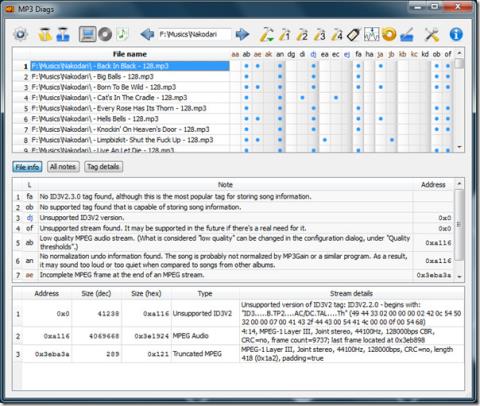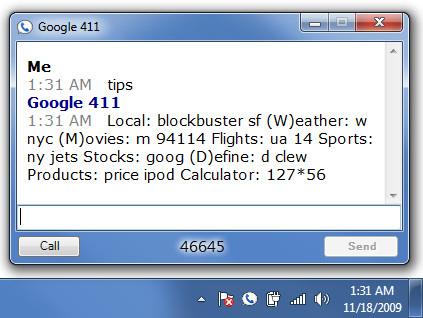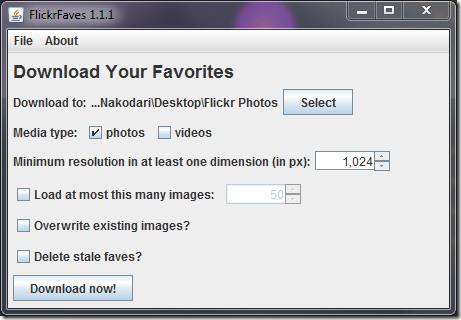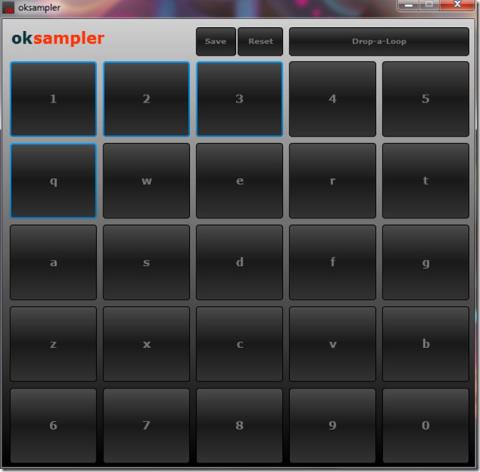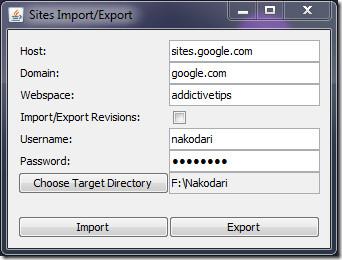Conectar/controlar ordenadores en red con KontrolPack
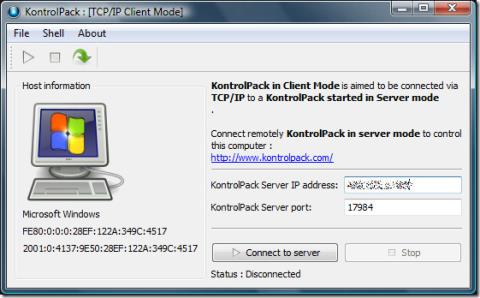
Controle fácilmente los ordenadores de su red con KontrolPack. Conecte y administre fácilmente ordenadores con diferentes sistemas operativos.
If you play a lot of Retroarch games on your Linux PC, you might be worried about your game saves. Yes, it’s true that Retroarch does a really good job of keeping saves safe, but accidents can happen.
In this guide, we’ll show you how to protect your Retroarch game saves by creating a backup. To get started, make sure you are using the Flatpak or the traditional release of Retroarch (the version you can install through your distribution’s package manager). This guide will not cover how to backup game saves for the Snap release of Retroarch.
One way to back up Retroarch saves and save states is with the terminal and the Tar compression tool. To start the backup process, open up a terminal window by using the Ctrl + Alt + T or Ctrl + Shift + T keyboard combination. Then, once the terminal window is open, use the CD command to move into the Retroarch game saves directory.
If you are using the Flatpak release of RetroArch, use this CD command to move into the saves directory.
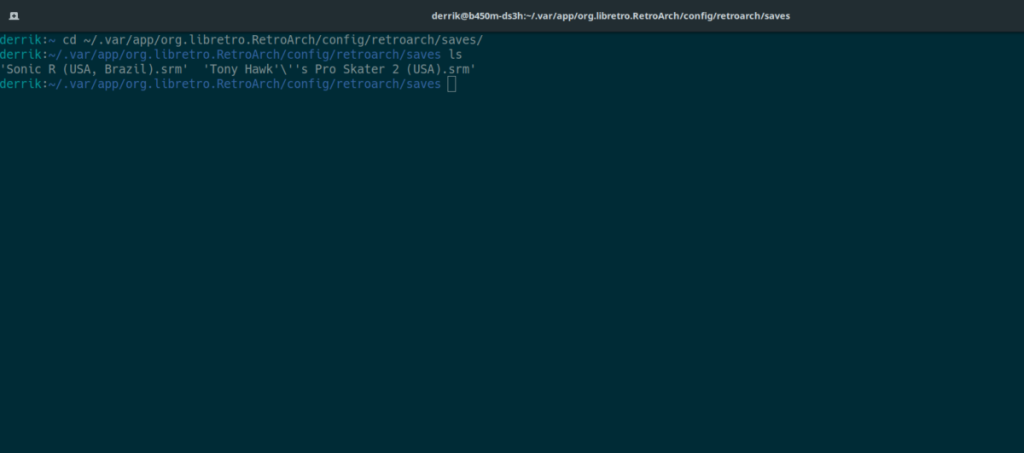
cd ~/.var/app/org.libretro.RetroArch/config/retroarch/saves/
Those using the Retroarch app that comes included in the software repository for the Linux operating system they use will need to enter a different CD command.
cd ~/.config/retroarch/saves/
When the terminal session is in the saves directory, you can use the tar command to create a backup of all of the game save files.
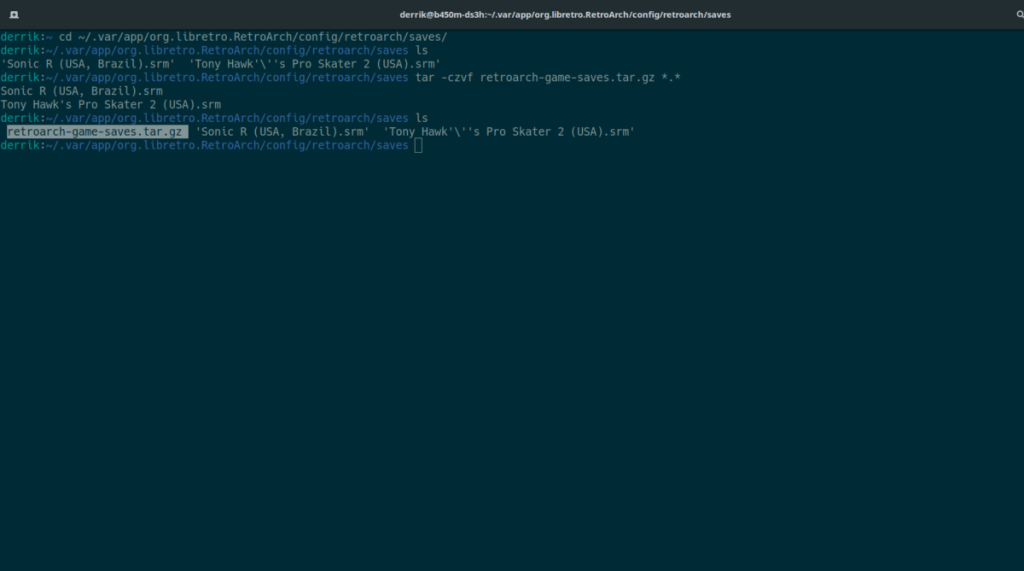
tar -czvf retroarch-game-saves.tar.gz *.*
With the compression complete, move the saves to the home directory using the mv command.
mv retroarch-game-saves.tar.gz ~/
Después de hacer una copia de seguridad de los archivos guardados, es hora de hacer una copia de seguridad de los estados guardados. Los estados de guardado son diferentes a los de los archivos guardados. Los archivos guardados son lo que los usuarios crean cuando usan la función "guardar" en archivos ROM. Los estados de guardado son guardados creados por Retroarch. Con el comando CD , mueva la sesión de terminal al directorio de estado de guardado.
Si es un usuario de Flatpak Retroarch, deberá usar este comando de CD para ingresar al directorio de estado de guardado.
cd ~ / .var / app / org.libretro.RetroArch / config / retroarch / states /
Si está ejecutando la versión de Retroarch incluida en el repositorio de software de su sistema operativo Linux, en lugar de la versión Flatpak de la aplicación, deberá usar este comando de CD para pasar al directorio de estado de guardado.
cd ~ / .config / retroarch / states /
Ahora que la sesión de terminal está dentro del directorio de estado de guardado de Retroarch, utilice el comando tar y cree una copia de seguridad de los archivos de estado guardado.
tar -czvf retroarch-game-save-states.tar.gz *. *
Cuando se complete la compresión de los estados de guardado de Retrorch, mueva el archivo TarGZ a su directorio de inicio usando el comando mv .
mv retroarch-game-save-states.tar.gz ~ /
Después de todo el proceso de almacenamiento de archivos y guardar los archivos de estado se comprimen, abrir el administrador de archivos de Linux y agarrar tanto retroarch-game-saves.tar.gzy retroarch-game-save-states.tar.gzy subirlos a Dropbox, o colocarlos en una unidad flash USB u otros dispositivos para su custodia.
If you need to restore your backup and game saves to your Retroarch installation, open up the Linux file manager, and place the retroarch-game-saves.tar.gz and retroarch-game-save-states.tar.gz TarGZ archives into the home directory. Then, open up a terminal window and enter the commands below
Extract the contents of retroarch-game-saves.tar.gz to the Retroarch game saves directory using the tar command.
For Flatpak users, enter the following Tar command.
cd ~/
tar xvf retroarch-game-saves.tar.gz -C ~/.var/app/org.libretro.RetroArch/config/retroarch/saves/
Those running the non-Flatpak release of Retroarch, execute the following tar command.
cd ~/ tar xvf retroarch-game-saves.tar.gz -C ~/.config/retroarch/saves/
With the game saves restored, it is time to move on to the save states. Using the following tar command, extract the saves backup to the Retroarch save states directory.
Flatpak users, execute the following tar command to restore your save states to the correct directory.
cd ~/ tar xvf retroarch-game-save-states.tar.gz -C ~/.var/app/org.libretro.RetroArch/config/retroarch/states/
Non-Flatpak users, run this tar command to restore the Retroarch save states.
cd ~/
tar xvf retroarch-game-save-states.tar.gz -C ~/.config/retroarch/states/
The terminal backup is an excellent way to back up your Retroarch game saves and keep them safe. However, the backup process is a bit involved and can be tedious if you’re new to Linux. If you’re not a technical Linux user, but still want to be able to create a backup of your game saves in Retroarch, we highly recommend making a backup with Deja-Dup.
Deja-Dup is an excellent tool that will automatically back up all of your configuration files, including Retroarch with no fuss. To learn how to create a backup of your Retroarch game saves with Deja-Dup, please follow this guide on the subject. It goes in-depth on how to create and restore backups with the app.
Controle fácilmente los ordenadores de su red con KontrolPack. Conecte y administre fácilmente ordenadores con diferentes sistemas operativos.
¿Quieres realizar tareas repetidas automáticamente? En lugar de tener que pulsar un botón manualmente varias veces, ¿no sería mejor que una aplicación...?
iDownloade es una herramienta multiplataforma que permite descargar contenido sin DRM del servicio iPlayer de la BBC. Permite descargar vídeos en formato .mov.
Hemos estado cubriendo las características de Outlook 2010 con mucho detalle, pero como no se lanzará antes de junio de 2010, es hora de mirar Thunderbird 3.
De vez en cuando, todos necesitamos un descanso. Si buscas un juego interesante, prueba Flight Gear. Es un juego gratuito, multiplataforma y de código abierto.
MP3 Diags es la herramienta definitiva para solucionar problemas en tu colección de música. Etiqueta correctamente tus archivos MP3, añade carátulas de álbumes faltantes y corrige el VBR.
Al igual que Google Wave, Google Voice ha generado un gran revuelo en todo el mundo. Google busca cambiar la forma en que nos comunicamos y, dado que se está convirtiendo en...
Hay muchas herramientas que permiten a los usuarios de Flickr descargar sus fotos en alta calidad, pero ¿hay alguna forma de descargar Favoritos de Flickr? Recientemente, descubrimos...
¿Qué es el sampling? Según Wikipedia, «es el acto de tomar una porción, o muestra, de una grabación de sonido y reutilizarla como un instrumento o...
Google Sites es un servicio de Google que permite alojar un sitio web en su servidor. Sin embargo, existe un problema: no incluye una opción integrada para realizar copias de seguridad.
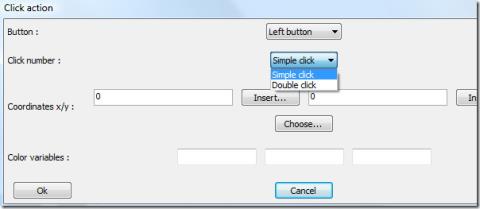
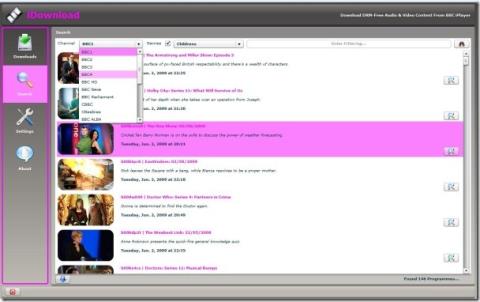
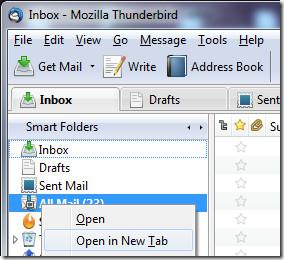
![Descarga FlightGear Flight Simulator gratis [Diviértete] Descarga FlightGear Flight Simulator gratis [Diviértete]](https://tips.webtech360.com/resources8/r252/image-7634-0829093738400.jpg)
